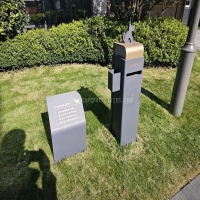Welcome to the website for landscape facilities products and knowledge.
What is the process for adapting the bin’s design based on user feedback?
Adapting a bin’s design based on user feedback is a dynamic and iterative process that ensures the product meets real-world needs. Here’s a step-by-step breakdown of how this works:
1. Collecting Feedback: The first step involves gathering input from users through surveys, interviews, or direct observations. This helps identify pain points, such as size limitations, material durability, or ease of use.
2. Analyzing Data: The feedback is then analyzed to pinpoint common issues or suggestions. Designers categorize the data to prioritize changes that will have the most significant impact.
3. Prototyping Adjustments: Based on the analysis, designers create revised prototypes. These may include tweaks to dimensions, materials, or features like lids and handles.
4. Testing Iterations: The updated prototypes are tested with users to validate improvements. This phase often reveals new insights, leading to further refinements.
5. Finalizing the Design: Once the design meets user expectations, it moves to production. Continuous feedback loops ensure the bin remains relevant over time.
By centering the design process around user feedback, companies create bins that are not only functional but also tailored to customer preferences. This approach fosters loyalty and long-term satisfaction.
Related search:

Recommendation
Outdoor cat and dog feces trash can; Community pet trash can; Metal multi-color design